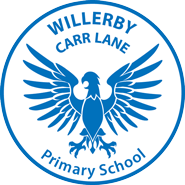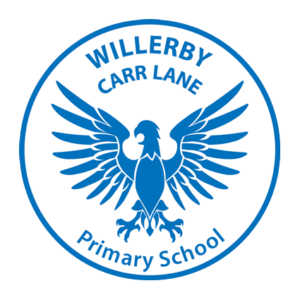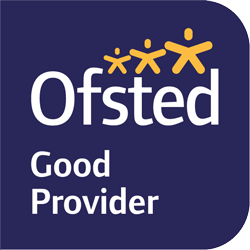Reading & Phonics
Foundation/Key Stage 1
Children first learn their letter sounds and names then apply these to word building.
We use both Letters and Sounds and Jolly Phonics as the basis for our teaching of phonics.
These are both recognised as synthetic phonic schemes. The children will also learn a variety of other key words by sight.
Children read individually, in small groups and as a whole class. A variety of different genres are chosen at an appropriate level of ability for each group of children.
As well as being able to read the text, children are encouraged to discuss the content of the book and their opinions about people, places and events are sought.
The more able readers will be asked about the varied themes of different texts.
Our core reading scheme is The Oxford Reading Tree.
Key Stage 2 Reading Mastery
Children explore a wide variety of genres, both fiction and non-fiction, which allows them to access, contribute ideas, and deepen their understanding of what they read. They are given opportunities to speculate on the tone and purpose of the texts they explore, as well as consider the themes and intended audience.
Questions also cover a wide range of comprehension skills, known as VIPERS. These include vocabulary, inference, predict, explain, retrieve, and summarise/sequence.
Classroom and School Libraries
Reading Ambassadors
Year 6 pupils take on the role of Reading Ambassadors, supporting younger children develop a love for reading from Foundation Stage through to Year 3. During break times, they share stories and read with them in the school’s designated reading nooks, fostering a sense of community and enthusiasm for books.
Reading for Pleasure
We timetable dedicated time each week for reading for pleasure. During these sessions, children have the opportunity to read quietly, share and discuss books with peers, or even review their favourite stories. At the end of every school day, from 3:15, each class enjoys their class novel, separate from the Reading Mastery text. This special time allows children to relax and be immersed in a story, often accompanied by a cosy ambiance with a virtual fireplace on the interactive whiteboard. We also have outdoor reading sheds, where children can spend time reading and sharing books with their friends across break times and lunch time.
Celebrating Reading
We celebrate World Book Day with a variety of exciting, reading-themed activities designed to inspire children and make books come to life. We have weekly reading awards as part of our celebration assemblies, where children are recognised and rewarded for their attitude to reading or their progress with reading. We also work closely with Willerby Library, promoting their resources and encouraging participation in events such as the Summer Reading Challenge.
Reading 1:1
We encourage parents and carers to hear their child read three times per week at home. As children get older and begin reading more independently, we ask that parents and carers ‘check in’ regularly with what their child is reading. We also listen to children read in class on a 1:1, to ensure children are enjoying the books they are reading and also making good progress with fluency and comprehension. More information about this can be found in the school’s reading policy.




